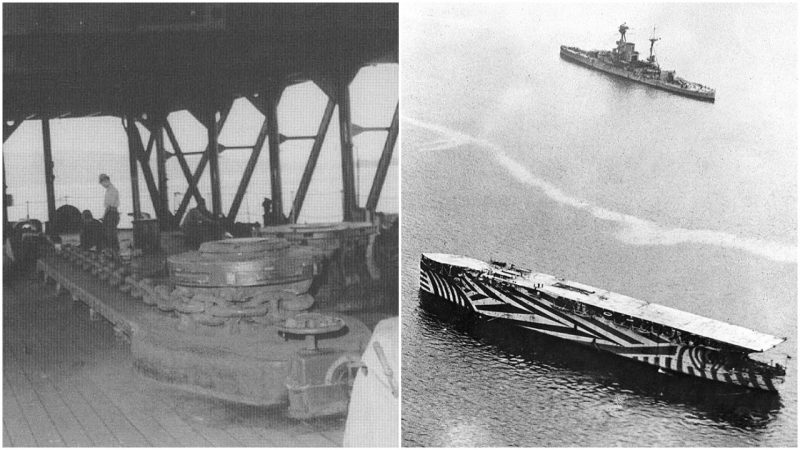In the early 1900’s aviation technology reached the point when countries across the world started developing air force programs. The pre-World War I planes were sturdy and unreliable, and they couldn’t carry high quantities of fuel, so several governments started converting some of their newly built flat-top ships into makeshift aircraft carriers.
In 1918, a British vessel named “HMS Argus” became the first ship ever that was capable of launching and recovering naval aircraft. The ship was originally designed and built as a giant ocean liner, but was then repurposed into a primordial aircraft carrier and could carry up to 18 aircraft.
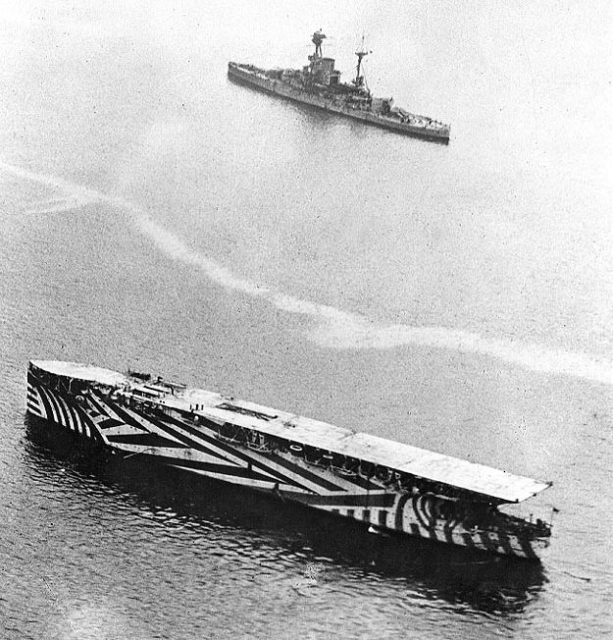
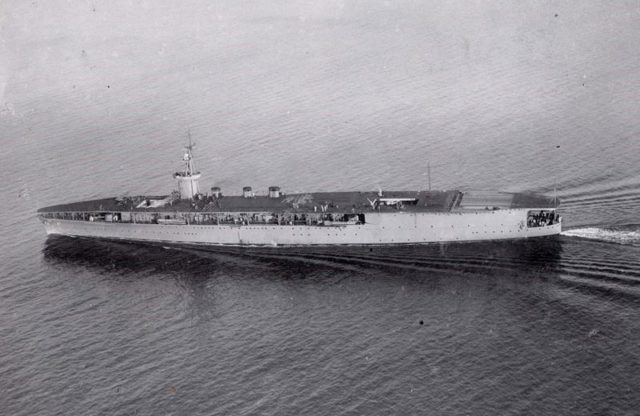
However, the first ship that was designed and built as an aircraft carrier was “Hosho,” a giant vessel commissioned by the Imperial Japanese Army in 1922. Hosho was initially used for training; the design of aircraft carriers was in its beginnings, and a lot of technology needed to be tested and adjusted before the ship was proclaimed fit for combat missions.
The ship’s combat career officially started in 1932 when it was in involved in the Shanghai Incident, an armed conflict between the Republic of China and the Empire of Japan. From that point, Hosho was used in many Japanese military actions and was involved in several battles during the Second Sino-Japanese War which started in 1937.
By the beginning of the World War II, Hosho was considered an outdated old-timer, and many technologically superior aircraft carriers were built throughout the world. Several army officials petitioned to have the ship retired and used as a training ship, but the Japanese Army lacked aircraft carriers, and Hosho remained in use.
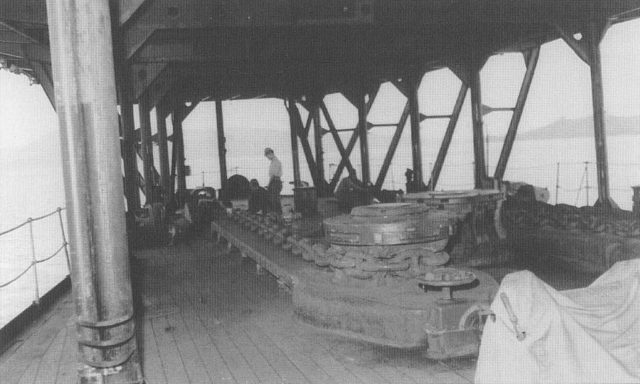
It played a minor role in several Japanese military actions during the war. Notably, Hosho was one of the ships that were sent to carry Japanese aircraft in the direction of the Pearl Harbor base during the notorious attack on Pearl Harbor.
The ship was supposed to provide distant cover for the main aircraft carriers that launched the aircraft attack, but drifted off course and had to be located by scout planes. It was found over 500 miles away from its fleet.
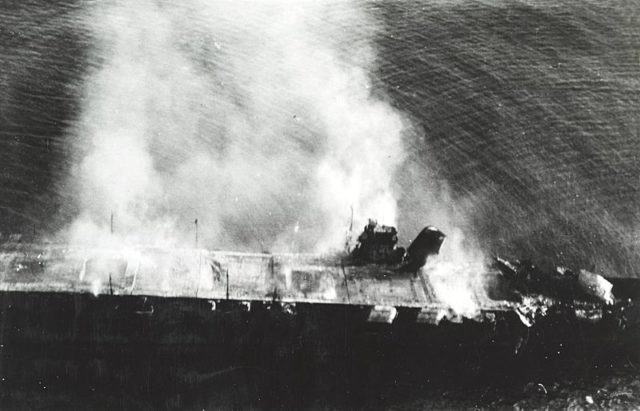
Hosho was unreliable and technologically underequipped, but it got another chance for action in the Battle of Midway.
During the battle, the ship provided air protection, scouting and anti-submarine support for the main body of the fleet which consisted of three state-of-the-art aircraft carriers named Yamato, Nagato, and Mutsu. Although many army officials were skeptical and thought that the use of a primordial aircraft carrier would only sabotage the strategy, Hosho proved to be useful even though it was a relic from the time when reliable aircraft carriers were considered science-fiction.
https://www.youtube.com/watch?v=bq0Ob9HKpfg
